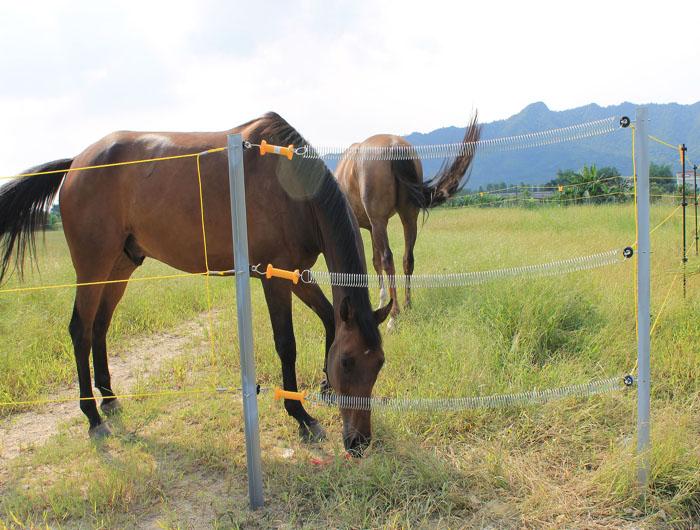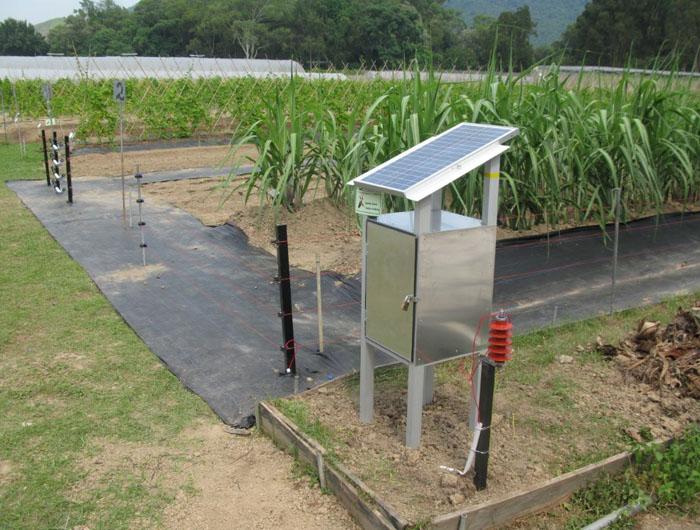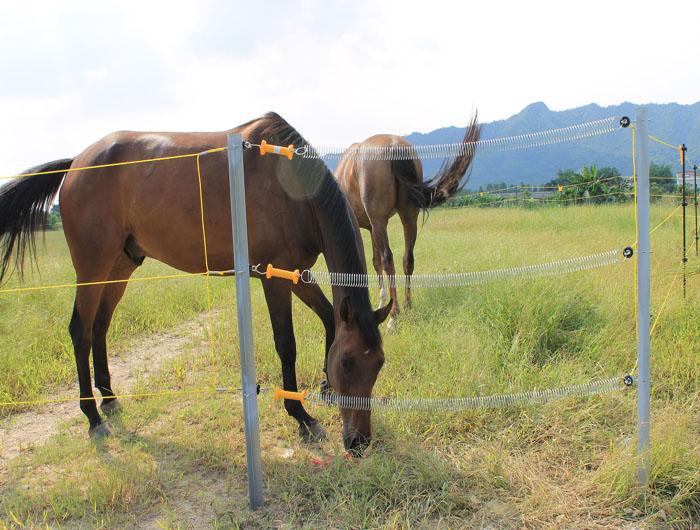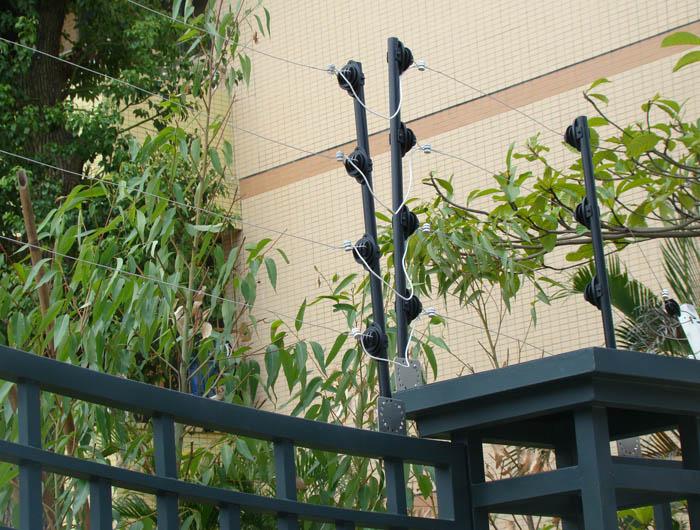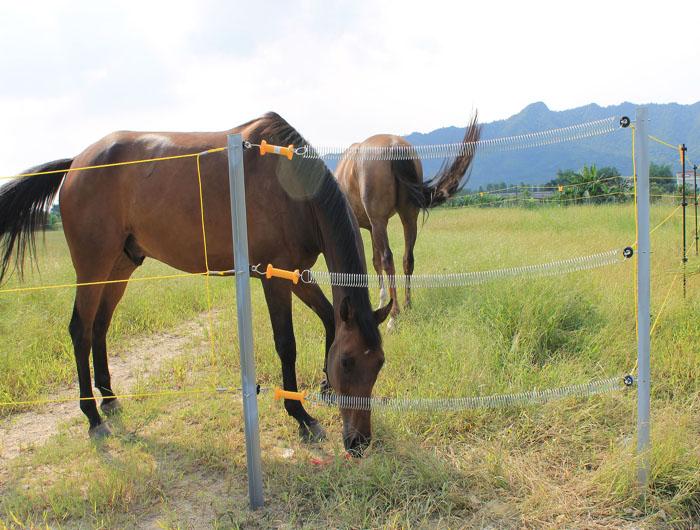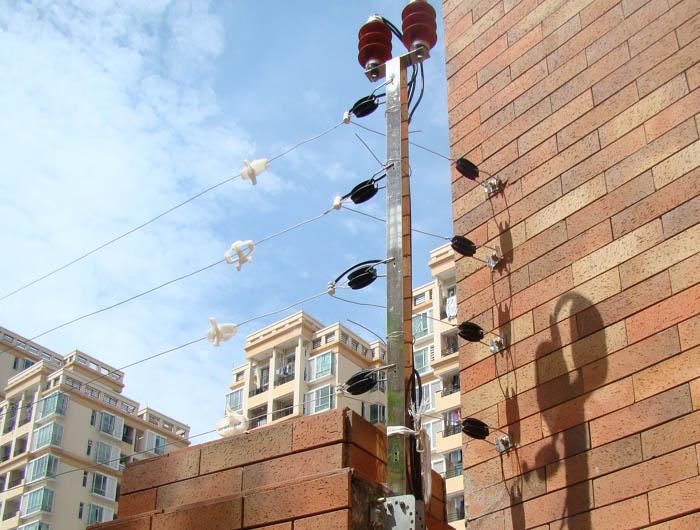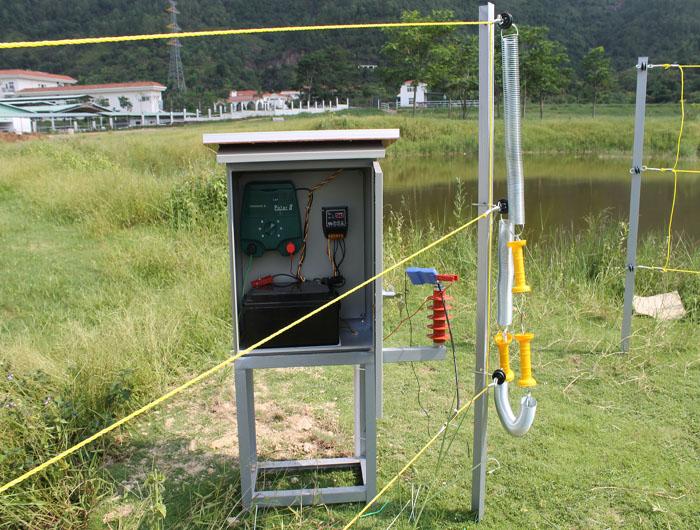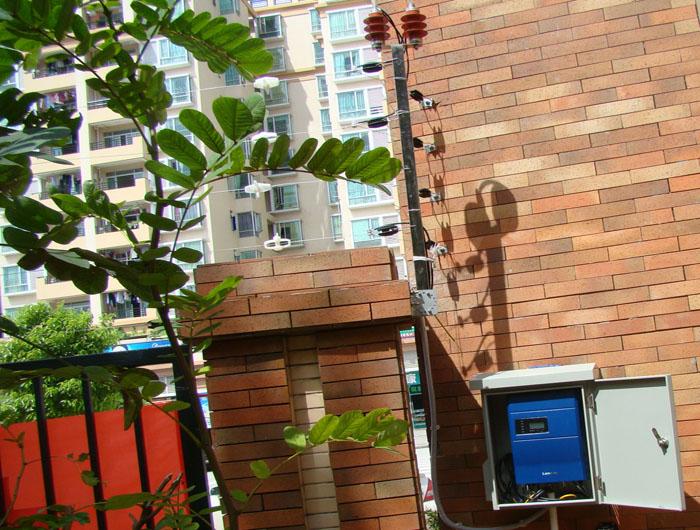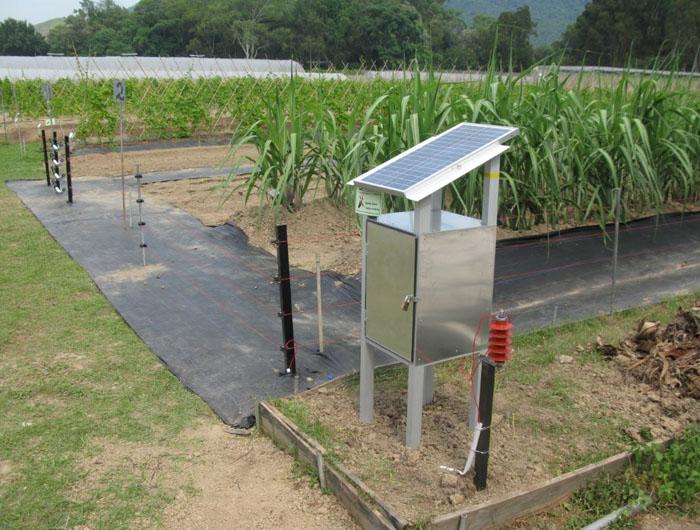When
it comes to electric fence planning, the first thing you need to do is define
your fencing needs. What type of fence is best suited to your purpose? The
following are the six essential questions that you need to ask yourself and
answer before installing your fence.
1.
Animal Needs: What Kind of Livestock is Being Fenced?
Overall, the animal you are confining or
deterring will largely determine the
type of fencing you need. Factors such as the animal’s hooves, thickness and
length of hair coat, height, and jumping ability should all be considered when
selecting your fence. In some situations, an electric fence may be necessary
for effective containment. In others, a simple fence that acts as a physical
barrier may be adequate.
Generally,
animals with thick, shaggy coats will require a more powerful fence charger
than sleek-coated animals. Always place the conductive wire(s) at nose level
and space wires as not to allow the animal to push its head through without
getting shocked.
2. Containing or Deterring: What is
the Main Function of the Fence?
Electric fences are normally meant
to contain your livestock. However, they can also be used to keep animals out
of an area. Fences meant for deterring can keep animals and livestock away from
valuable crops, out of ponds, away from restricted areas, or stop predators from
entering a livestock pasture.
Essentially, the fewer restrictions
you’re placing on wildlife and livestock, then the fewer wires your electric
fences will need. With more restrictions, you will likely need more lines.
Further, your fence can serve as
both a containment fence and a determent fence, a decision that can also
increase the number of wires you need to run.
3. Know Your Supply
Needs: What is the Size of the Area?
You will need to determine the size of the area you want to
fence. This can be measured in acres or miles. The length of fence runs will
determine the amount of fencing materials needed, plus the size and type of
charger necessary when running an electric fence. Consider the location of
power sources as well when choosing a charger, which can be AC-powered or solar.
Also be sure to count the number of
posts you’ll be installing and/or using, as well as those that serve as corner
posts. Knowing these numbers will help you when ordering insulators and
other accessories and supplies for your fence.
“it never will rain roses. when we want to have more roses we must plant trees.”
— g. eliot


